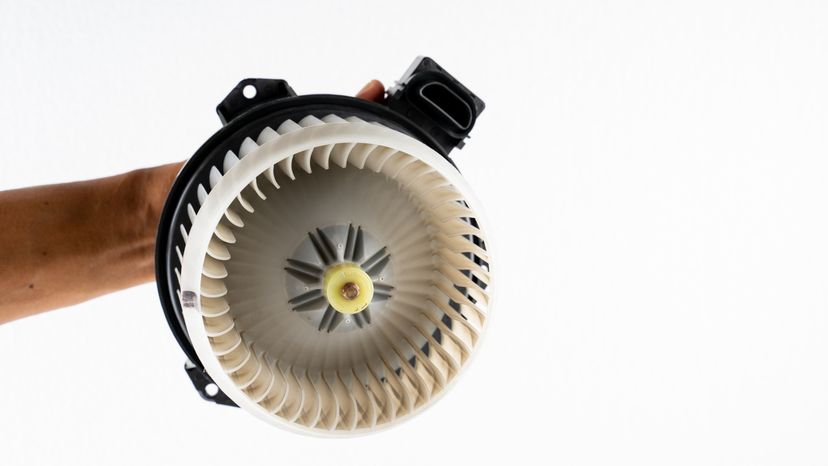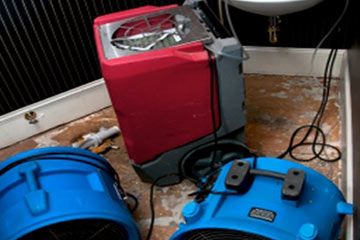
A blower motor is an electric motor that powers a fan or blower, creating a flow of air or gas. The primary function of blower motors is to ensure that air circulates efficiently in desired environments. This circulation can involve either bringing fresh air into a space or expelling stale or heated air out.
In this article, we'll take a closer look at what blower motors accomplish across a range of applications. We'll also help you troubleshoot a failing blower motor in your car, which could otherwise impact your heating and cooling system.
Advertisement
